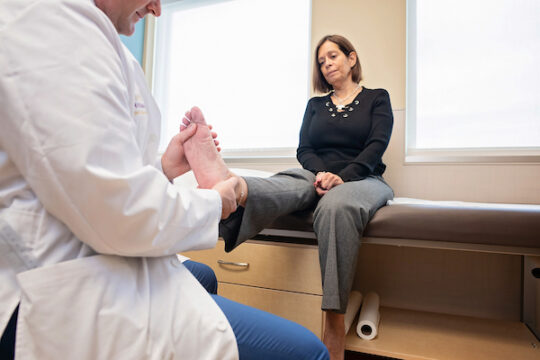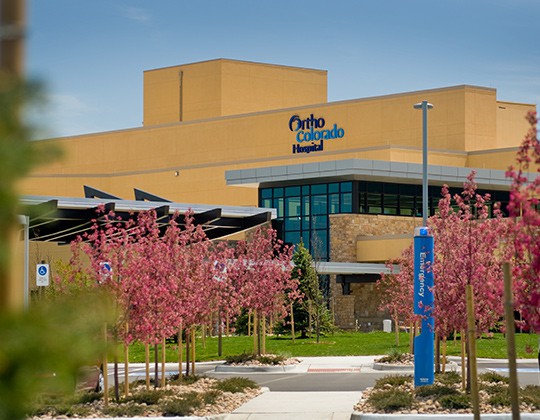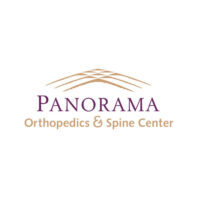When it comes to foot and ankle problems, there is no better place to receive care than Panorama Orthopedics & Spine Center. We have the largest orthopedic foot and ankle team in Colorado and within the Rocky Mountain region, with five board-certified and fellowship-trained orthopedic specialists.
Get back on your feet with our expert foot and ankle team
World Class Foot & Ankle Care

Our specialists are uniquely trained to diagnose and treat all acute injuries and chronic conditions of the foot and ankle, in young children and teens, as well as in active adults and seniors. Panorama’s physicians have undergone years of orthopedic residency training, including fellowships in foot and ankle reconstruction. Their experience makes them specially equipped to treat any condition from the toes to the knee, including complex foot and ankle deformities, sports injuries, arthritis, cartilage injuries, bunions and hammertoes. Learn if you should see a podiatrist or a foot and ankle surgeon for your foot or ankle pain.
A common misconception is that when you see an orthopedic foot and ankle surgeon you will be discussing surgery. This is not true! In most cases, surgery is a last resort. In fact, fewer than 10 percent of Panorama patients who see an orthopedic foot and ankle specialist go onto surgery.
We have many conservative treatments available. Some of these include: bracing, physical therapy, injections or medications. Some patients may also benefit from protection within a boot or a cast.
If surgery is necessary, we offer advanced options at facilities that specialize in orthopedic care. Golden Ridge Surgery Center, OrthoColorado Hospital, THE Orthopedic Surgery Center, and South Denver Surgery Center are orthopedic specialty facilities in the region, providing orthopedic-specific physicians, nurses and care teams.

Common Injuries & Treatments
Treatments Available for Bunions
What to Expect: Achilles Tendon Repair
What to Expect: Ligament Reconstruction
What to expect: Total Ankle Replacement
What to Expect: Ankle Fracture ORIF
Lower Extremity Stretching for Foot & Ankle
Ready to Get Started?
Patient Testimonials
Adrienne’s Story of an Ankle Replacement
Peter’s Story of Ankle Replacement
From Ankle Surgery to Hiking the Camino de Santiago
Jen’s Story of Lapiplasty






